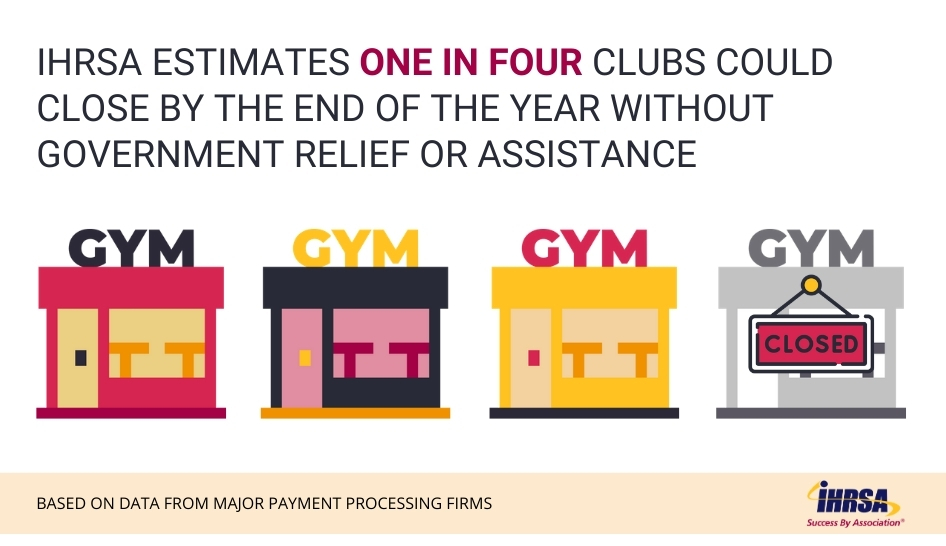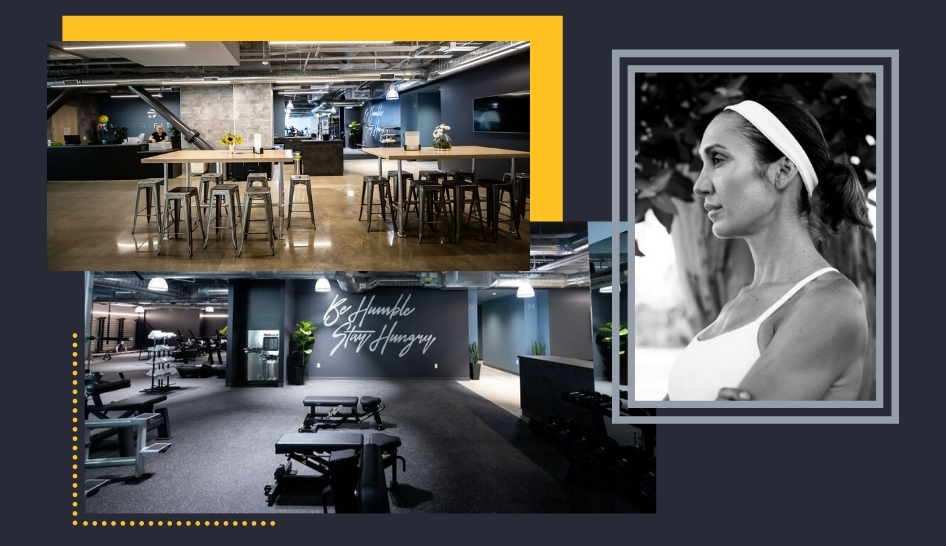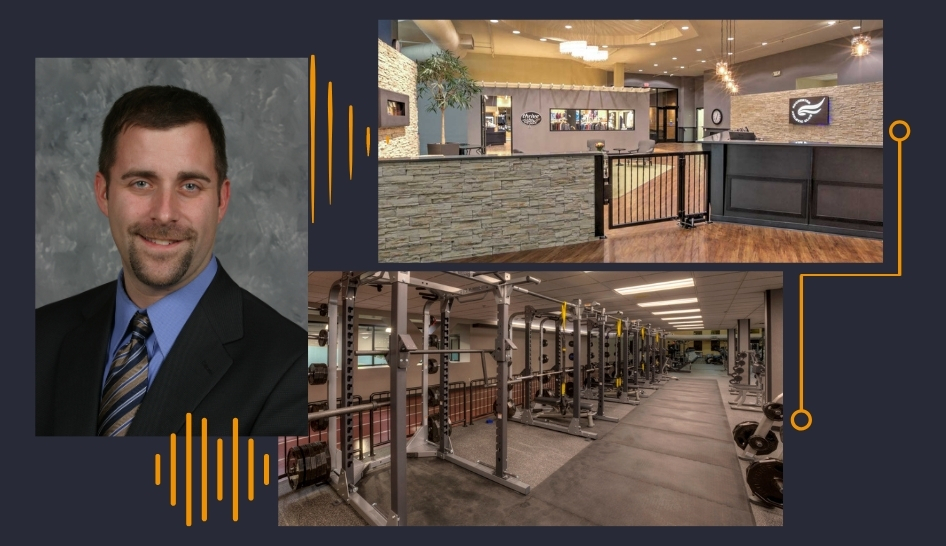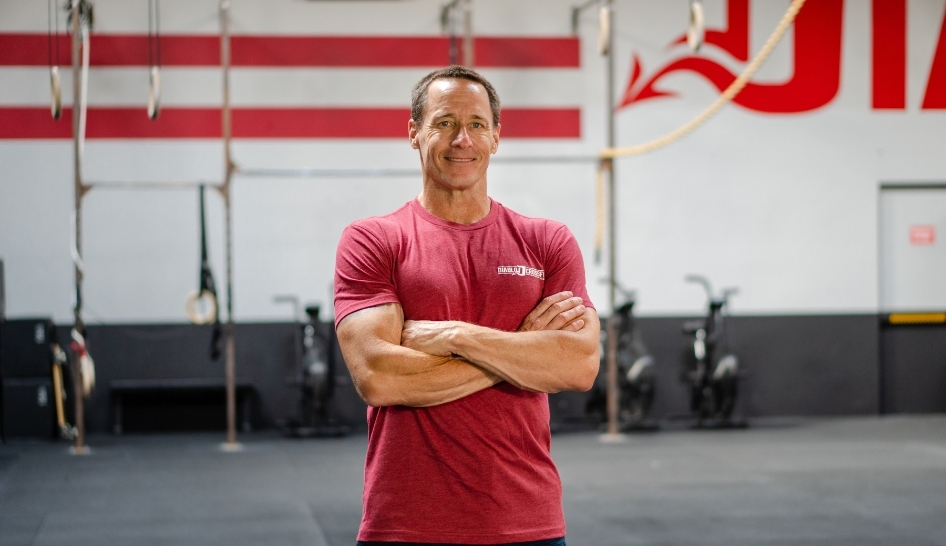The industry dedicated to helping communities live stronger, healthier lives is dangerously close to shutting down for good as some 15% of gyms, health clubs, and studios in the U.S. have permanently closed as of September 30—and that number is only expected to grow. At a time when it is crucial for people to get and stay active, access to safe locations to do so are shrinking as a direct result of the COVID-19 pandemic.
Gyms Struggle to Survive Latest Surge of COVID-19 Restrictions
Gym owners spoke to members of the media about the impact the coronavirus pandemic has had on their businesses during a recent IHRSA roundtable press event.

The first wave of government-mandated shutdowns began March 16, back when a majority of people—albeit, naively—thought the COVID-19 closures would last a few weeks, a month at most. By March 23, more than 30 states plus Washington, D.C., had mandated health and fitness clubs to close. On April 6, South Carolina became the 48th state to shutter gyms.
As we enter December and the holiday season, the fitness industry’s pain points continue to pile up.
At an IHRSA Roundtable November 24, gym owners came together to tell media outlets their concerns for the more than 3.2 million Americans who were employed by the fitness industry pre-COVID and their communities impacted by a new wave of closures. Reporters from Bright Media, Fox Business, Fox News, Front Page Sports, and Washington Examiner heard their stories.
“Not only have we lost revenue and a third of our members, but we have lost essentially the core of our business that we have worked 20 years to build,” said Gina Baski, owner of TRIFIT Club & Studios in Santa Monica, CA, where another safer-at-home order has been enacted.
Operating a Health Club During a Pandemic is Costly
Baski shared with the media that she owes almost seven figures in past-due rent. Without federal help, she believes her business will not survive. As the daughter of immigrants, who worked hard so she could be educated and have the American dream, she says in an instant it was gone. She isn’t the only health and fitness club operator feeling the walls cave in around her business and livelihood, and the longer this crisis lasts, the more health club owners and operators must make difficult business decisions.

“It’s not just the members that are being hurt,” said Matt Remick, president and CEO of Rochester Athletic Club in Rochester, MN. “There are people losing their opportunity to pay their mortgage, their rent, and I’m not just talking about club owners, we sacrifice a lot. But, our staff sacrifices and they’re being put in [a situation] where they may lose their future.”
Despite not knowing how long the first shutdown would last, Remick chose to pay his staff—full-time and part-time—80% of their average earnings from January and February. Now, Minnesota is in another temporary lockdown, and Remick fears the worst.
The first shutdown cost the Rochester Athletic Club 23% of their membership and caused another 34% to freeze their dues. With this round of lockdowns going through Thanksgiving and right up to Christmas, Remick’s only choice to keep as much of his staff as possible was to cut pay down to 75%.
In addition to pay cuts, every health club has had to invest a substantial amount of money to adhere to safety protocols and cleaning guidelines.
“When you have increased overhead, and extra cleaning, and extra sanitizing—which, again, I don’t mind doing—this business is not sustainable. We need federal aid and, frankly, we need better reporting from the press,” said Remick.
The pandemic’s effects are slowly gnawing away at the 260,000-square-foot club’s ability to operate. The Rochester Athletic Club has been in Remick’s family for two generations and was debt-free at the end of 2019. Now, because of the pandemic, reduced capacity, and mandated closures, the business has blown through $2 million in cash and over $900,000 in PPP loans—that weren’t all that helpful from the start, he said.

Chris Craytor, president and COO of acac Fitness & Wellness Centers located in Pennsylvania, Maryland, and Virginia, says no matter what he does, he’s stuck.
“I think it puts [the fitness industry] in a real bind not to have any outside federal relief because we’re being forced to close, we can’t stay open, we’re doing everything we possibly can,” Craytor said. “We’re actually running a more expensive operation because of everything we have to put into [the business] to keep it clean, keep it spread out.”
While other businesses have been able to pivot their services online or resort to takeout orders, health clubs’ only options are:
- abiding by strict guidelines—in regions that allow gyms to operate—that greatly reduce capacity,
- offering outdoor workouts—which is only an option in warmer regions, or
- moving the services that they can to virtual.
Negative Perceptions Destroy the Fitness Industry
The pandemic has had a disproportionate impact on the health and fitness industry. The forced closures, safety guidelines, unfair press coverage, and inaccurate public health assumptions have critically harmed the nation’s perception of health and fitness clubs. The faulty messaging to consumers has led to clubs being deemed unsafe.
“In a democracy, who became the arbiter of who is important and who isn't?” Baski asked. “My family and my employees' livelihoods are no longer important because we’re not sexy restaurants or bars?”
It’s the same story for Craig Howard, founder, owner, and coach of Diablo CrossFit in Pleasant Hill, CA, one of the oldest and largest U.S. CrossFit locations. Pre-pandemic, the facility boasted 450 members, which dropped over 30% during the first shutdown.

“[Customers are] reluctant to come back into a gym because of the perceptions created by these closures,” said Howard. “There’s a fear that’s been established in these people’s minds when we do these closures that gyms are not a safe place ... an archaic notion in and of itself.”
Not only is it untrue that gyms are unsafe or high-risk for transmission of coronavirus, but it’s putting the future of businesses—and people—at risk. Remick said, “Every time [the fitness industry is] called dirty or germy, it damages our ability to build a future business and is very inaccurate for a majority of the [club] owners I know.”
Howard added, “We went above and beyond what was required, and every gym owner I talk to went above and beyond to completely disprove that [gyms are unsafe].”
“[The fitness industry isn’t] asking for more, we’re asking for equal representation,” noted Baski. “All jobs should matter, we are all essential, we are all important, we are Americans.”
“Congress is a difficult place these days, but we certainly believe that a group like ours that is designed to help the physical and mental wellbeing of people who are suffering through a pandemic would be one that deserves relief and deserves special assistance,” said Craytor.
New Habits Kick Health Clubs to the Curb
The painstaking business moves, stress, unknowing, and overall jumble of emotions from the lockdowns have made it feel like years have passed by. And for the more than 76 million Americans—employees, members, and consumers—that are inside the walls of a health and fitness center in any given year, this is just the start of a chaotic and life altering endeavor, to say the least.
“If you told everybody here [on this call] that next year I’m going to be 80% of where I was in November of 2019, that would be awesome. Because, in our case, it took 36 years to build our membership and it took 10 months to cut it in half.”
Chris Craytor
acac Fitness & Wellness Centers
Baski said, “It takes an average of 66 days to create a new habit. We have been closed since March 16. We opened once [in June] for three and a half weeks. What can we expect from people, but to create other habits?”
Additionally, Remick said health clubs can help with mental health issues and the lack of movement and exercise that add to the pandemic’s severity. Howard agrees and says people don’t have that opportunity to work on themselves, which deprives the public of the opportunity to improve their fitness and health to be more resilient to things like this in the future. He said, “Especially their mental health, and I hear it almost everyday from our members, the gratitude for helping keep them sane through this process.”
High-risk members are especially vulnerable to changes in habits.
Craytor said his club handles a lot of prescription referred exercise where physicians refer their patients to acac to treat or prevent chronic conditions. “Last year, we had 7,000 prescriptions that were filled at our clubs for exercise, because they needed to get healthy,” he said.
Given the restrictions that are in place for health clubs and the reduced amount of foot traffic, acac is no longer able to offer that program.
“It is exceptionally personal for the business owners that [have to close], because their passion is about helping people, and helping people improve their lives, cure chronic disease, and make them stronger, more immune to things like [a pandemic],” said Howard.
Rebuilding the Fitness Industry Won’t Be Easy & Could Take Years
We know that building a successful health and fitness club is no easy journey; 80% of clubs in the U.S. are small businesses—operating five or fewer clubs—built by hard working, self-motivated entrepreneurs. And for an industry that had been booming consecutively year after year, it’s safe to say that no one saw this coming.

“The rebuild process is extensive. It’s already a struggle for the small health club owner to earn customers, there’s an acquisition cost of bringing customers on board,” said Howard. “If I lose 50% of my customer base, I have to grow back 100%. I have to double my customer base to get back to where I was. That takes time, that’s a multi-year process.”
TRIFIT Club & Studios is a 30,000 square foot facility and is the largest independent, family owned health club in the Santa Monica area. For them, the pandemic has intensified an already cut throat environment. “Businesses like ours, even in the area, don’t exist anymore,” said Baski. “Because, to compete at this scale in the heart of Santa Monica for an independently owned club is almost impossible. It is a constant hustle for us.”
Like Rochester Athletic Club, acac, and Diablo CrossFit, TRIFIT has been in business for a long time—16 years to be exact. As fitness industry veterans, each of these operators know first hand the effort and dedication it takes to build a business from the ground up and keep it buoyant year after year.
Craytor said, “If you told everybody here [on this call] that next year I’m going to be 80% of where I was in November of 2019, that would be awesome. Because, in our case, it took 36 years to build our membership and it took 10 months to cut it in half.”
Baski said, “When you give up your career to open your own business, you give up a 9-5 for a 6-10. And when your little kids finally sleep through the night, you never sleep. You sleep with one eye open, because this baby never sleeps.”
This article only covers four stories from the thousands of health and fitness clubs across the country. Pandemic or not, your voice and your business matters. If you would like to share your health and fitness club’s story, please email pr@ihrsa.org.

Sami Smith is IHRSA's Senior Manager of Digital Communications, working to shape the organization's image on various digital platforms. On a typical day, she creates content, delivers impactful communications, and executes targeted marketing efforts to keep IHRSA at the forefront of the industry. Outside of the office, you can find her exploring new destinations, indulging in food, or participating in just about any sport.